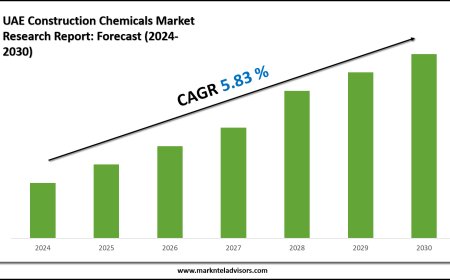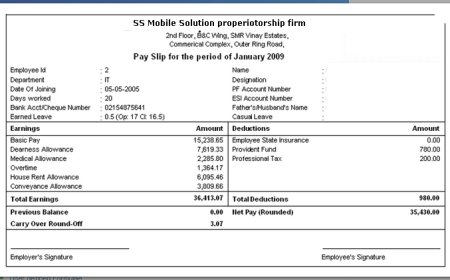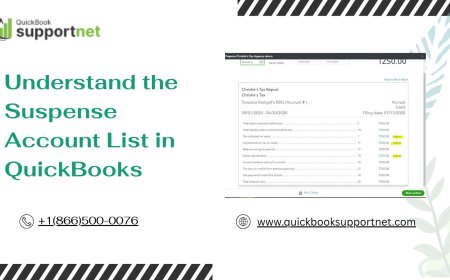Redefine Metrics Through Elite ESG Reporting Tools

Evolving business landscape, the pressure to operate sustainably and transparently has never been greater. Investors, regulators, and stakeholders alike are demanding more than just profitabilitythey are seeking long-term value, ethical governance, and environmental responsibility. At the heart of this shift lies Environmental, Social, and Governance (ESG) performance. Yet, evaluating and communicating ESG outcomes is no simple task. It requires clarity, consistency, and credibility. This is where elite ESG reporting tools redefine how companies approach metricsturning compliance into opportunity, and data into insight.
The traditional financial metrics that once dominated corporate reporting are no longer sufficient to capture the full picture of a companys performance. ESG metrics extend beyond profit margins and shareholder value. They delve into carbon footprints, labor practices, board diversity, ethical sourcing, community engagement, and much more. However, integrating these diverse data points into coherent, actionable reports can quickly become overwhelming without the right technological support. Enter the next generation of ESG reporting toolssmart platforms engineered to centralize, standardize, and simplify complex ESG data.
At the core of elite ESG reporting tools is the capability to aggregate data from disparate sources and transform it into streamlined, audit-ready reports. These tools enable organizations to pull real-time information from operations, suppliers, and subsidiaries, aligning them with international frameworks such as GRI, SASB, TCFD, and CSRD. This alignment is crucial, not just for compliance, but for credibility in the eyes of increasingly ESG-savvy investors. Advanced tools do not just track what companies are doing today; they forecast risk, model future outcomes, and create pathways for sustainable growth.
One of the most transformative features of modern ESG reporting tools is their use of artificial intelligence and machine learning to enhance data accuracy and predictive analytics. Rather than manually entering or cleaning datawhich is error-prone and time-consumingAI-driven platforms automate data collection and identify anomalies that may signal compliance risks or performance gaps. This capability is particularly valuable for multinational companies juggling multiple reporting jurisdictions and standards.
Moreover, elite ESG reporting tools are more than a backend necessity. They are becoming central to corporate strategy and investor communications. Companies that can clearly articulate their ESG progressbacked by datagain a competitive edge. Transparency builds trust, and trust drives investment. With increasing scrutiny from ESG ratings agencies and activist shareholders, the ability to produce robust, verifiable reports is no longer optional. Its a prerequisite for capital access and brand reputation.
An often-overlooked benefit of advanced ESG reporting tools is their role in fostering internal accountability and engagement. When ESG data becomes visible across departmentsfrom procurement to HR to operationsit creates a shared language and measurable goals. Executives can set key performance indicators tied to ESG outcomes and track progress over time. This kind of integrated approach elevates ESG from a side initiative to a core business function.
In industries where sustainability challenges are particularly complexsuch as energy, manufacturing, and financethe need for tailored ESG solutions is acute. Elite ESG reporting tools offer industry-specific templates and analytics that allow for more nuanced tracking of sector-relevant KPIs. For instance, an oil and gas firm may focus on methane emissions and water use, while a bank might prioritize social lending and board governance metrics. The flexibility of these tools ensures that reporting is not only accurate but also contextually meaningful.
Regulatory momentum is also reshaping the ESG reporting landscape. In the European Union, the Corporate Sustainability Reporting Directive (CSRD) is mandating more detailed ESG disclosures from a broader range of companies. In the United States, the SEC is advancing climate disclosure requirements that will demand greater transparency on environmental risks and emissions. Navigating these frameworks without robust ESG reporting tools will put companies at a disadvantage, exposing them to legal, financial, and reputational risk.
Yet compliance is just one side of the equation. The real value of ESG reporting lies in what companies do with the data. Elite tools enable scenario analysis, benchmarking, and stakeholder engagement in ways that were previously unattainable. By using ESG insights to identify inefficiencies, reduce waste, and improve community relations, organizations can unlock operational and reputational advantages. In this light, ESG reporting tools become not just a means of measurement, but a catalyst for innovation and resilience.
Digital transformation has already revolutionized areas like finance and supply chain management. ESG is the next frontier. As organizations digitize their sustainability efforts, those leveraging the best-in-class ESG reporting tools will lead the charge toward a more transparent and responsible future. These tools are no longer luxury add-onsthey are business imperatives.
Looking ahead, we can expect ESG reporting to become increasingly integrated with other enterprise systems, including ERP, risk management, and investor relations platforms. This convergence will streamline workflows, eliminate silos, and provide executives with a holistic view of both financial and non-financial performance. Companies that invest in scalable, adaptable ESG reporting tools today are preparing themselves for a future in which ESG is not a checkbox, but a driver of strategic value.
In conclusion, redefining metrics through elite ESG reporting tools is about much more than meeting the requirements of regulators or appeasing investors. Its about reimagining what performance looks like in a world that values sustainability, equity, and governance as much as earnings per share. These tools empower organizations to capture the full spectrum of their impact, uncover opportunities for growth, and chart a course toward long-term value creation. The future belongs to companies that are not only profitable, but also principledand that future starts with the right tools.








































